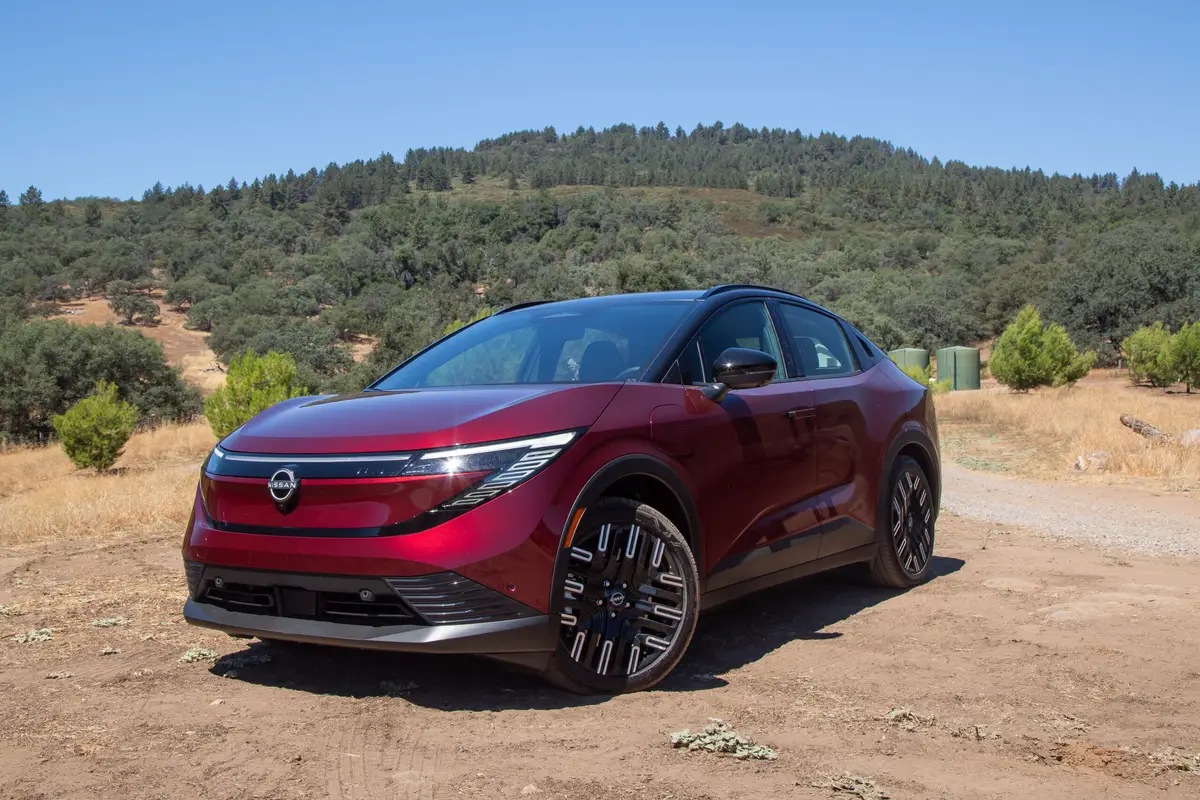TheMercuryNews.com's view
The Bravada sport-utility never has been much of a success story for Oldsmobile, so perhaps it’s an appropriate symbol as the last all-new vehicle from that historic, but destined-for-death nameplate.
There’s no doubt that the 2002 Bravada with its new engine, improved ride and larger interior is a nice move up from the 2001 model. Still, it’s neither a vehicle that will turn a lot of heads nor, years from now, have buyers kicking themselves for not buying one.
Again, in a nutshell, that’s the (recent) Oldsmobile story.
The problem remains that the Bravada shares so much — the engine, transmission, chassis and most mechanical parts — with both the Chevrolet TrailBlazer (formerly the Blazer) and the GMC Envoy (formerly the Jimmy). And it’s more expensive than those two. And, since Oldsmobile has neither the marketing budget nor the truck-centric buyers of Chevy and GMC, the Bravada remains an often-forgotten third choice among buyers of General Motors mid-size SUVs.
And, since most mid-size SUV buyers also look at vehicles from Ford and Dodge and Toyota and Nissan as well as from GM, the Bravada has perpetually resided in an even deeper shadow.
That’s too bad, as this remains a competent, comfortable mid-size, mid-price ($32,000 to $35,000) choice.
On the outside, the new Bravada is smooth and round, something like a Dodge Durango wearing a nicer suit. The size — at 192 inches long and 75.4 inches wide, the ’02 Bravada is eight inches longer and five inches wider than the ’01 version — is disguised, rather than emphasized. And, in this hate-those-big-SUVs world, that’s a good thing.
On the inside, this Bravada is comfortable for five, thanks to more passenger legroom in front and back and to the wide leather seats on our test model. What it’s not is a vehicle that can carry six or more people. GM’s competitors, most notably the ’02 Ford Explorer but also many SUVs from the Suzuki XL-7 to the Acura MDX, now offer third-row seating. That GM doesn’t in its mid-size, truck-based SUVs reminds me of how slowly they added passenger-side air bags to these vehicles a decade ago.
From a driver’s perspective, instruments are easy to use and gauges are easy to read. OnStar, GM’s communications-safety system, is standard on the Bravada. Travel Note, a new option for 2002, is a neat add-on. With it, you can record a 15-second message at the touch of a button above your head. Oldsmobile suggests it will be handy for keeping a needed phone number or a quick set of directions. For me, it was a great place to store creative vanity plates I saw while driving around the Bay Area.
On the road, the Bravada was a nice surprise. The new platform creates a stiffer, quieter ride. The new rear suspension — a five-link replaces the heavy leaf springs used in the past, and an electronic air suspension is standard, too — certainly improves the driving experience.
The biggest news is t he 4.2-liter inline six-cylinder that produces 80 more horsepower than the 4.3-liter V-6 found in the ’01 Bravada. At 270 horsepower and 275 pound-feet of torque, this all-aluminum I-6 Vortec marks the first use of variable-valve timing for GM in North America. All in all, it’s a sophisticated, smoothly powerful engine.
Why an inline six vs. a V-6 or even a V-8? Kay Jarboe, the Bravada’s assistant brand manager for product, said the I-6 is more refined, inherently balanced, “exceptionally quiet,” gets better mileage (15 mpg city and 21 mpg highway on all-wheel-drive models) and requires regular unleaded gas.
For the record, both the BMW X5 3.0i and most of the Jeep SUVs have inline sixes.
The Bravada buyer makes this purchase knowing that Oldsmobile dealers won’t be around for repairs and maintenance in three or four years. Yet, since it also comes with a longer warranty than does the TrailBlazer or Envoy (60 months or 60,000 miles), and since Chevy and GM dealers will be able to fix broken Bravadas, there’s little risk here.
Latest news


